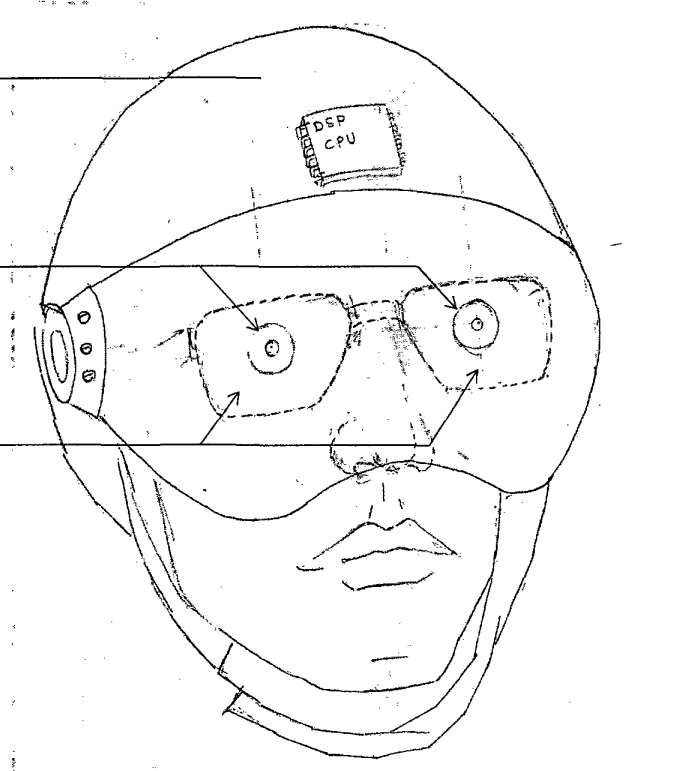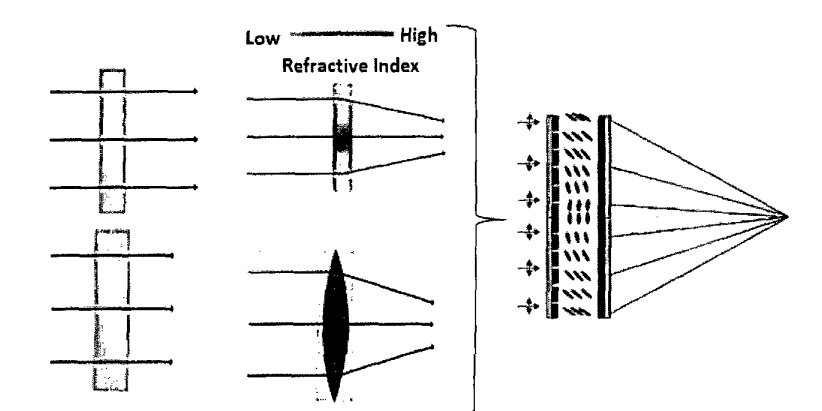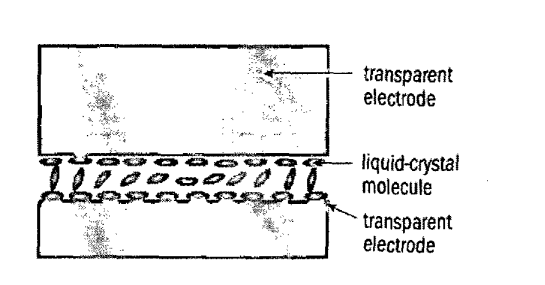The invention presents a system for detecting and correcting vision errors using auto-tunable eyeglasses. The system integrates a calibration unit that captures retinal images, estimates refractive error using image processing, and drives a tunable lens system. Lens focus is controlled via hydrogel-based actuation influenced by a PWM signal. The system enables personalized correction for various refractive conditions without requiring human input.
Refractive errors such as myopia, hyperopia, presbyopia, and astigmatism are leading causes of avoidable vision impairment globally. However, access to corrective solutions is limited in resource-poor settings due to dependence on specialists, cost, and infrastructure.
- Intelligent Calibration Unit: It captures retinal images and calculates the error’s magnitude and polarity automatically.
- Stimuli-Sensitive Hydrogel Lenses: These lenses change shape by swelling or shrinking in response to electrical signals, adjusting the focus.
- Image-Based Refractive Error Estimation: An image processing algorithm estimates geometric parameters from retinal images to find the error.
- Support for All Major Vision Errors: The system corrects myopia, hyperopia, presbyopia, and astigmatism.
- Fabrication via Soft Lithography: The lenses are made using soft lithography with NIPAAm hydrogel and PDMS containers.
- Portable and Safe Design: It runs on a 9 V DC source and has a light-proof casing, making it safe and usable in the field.
- Digital Signal Processing (DSP) and I2C Communication: A DSP and I2C protocol allow smooth control and data transfer between components.
The prototype includes a wearable calibration unit with a DSP, CCD array, LEDs, and drivers to measure refractive error. It also features auto-tunable spectacles with hydrogel lenses controlled by PWM signals. The lenses are made using lithography and electro-responsive hydrogel materials.
The technology is currently between the lab-scale and prototype stages of development.
3
The system democratizes vision correction, especially for low-income and remote populations, empowering individuals and reducing economic burden due to visual impairment. It also enables vision screening in schools and public health missions without relying on trained personnel.
- Healthcare and Medical Devices: Enables automated vision correction solutions without the need for clinical infrastructure
- Optometry and Vision Care: Offers a smart alternative to conventional eye exams and prescription eyewear
- Assistive Wearables: Functions as an intelligent wearable device for users with vision impairments
- Biomedical Instrumentation: Integrates imaging, sensors, and processing units for precise biomedical diagnostics
- Global Health and Accessibility: Supports affordable eye care access in underserved and remote regions worldwide
Geography of IP
Type of IP
349/MUM/2013
388060



